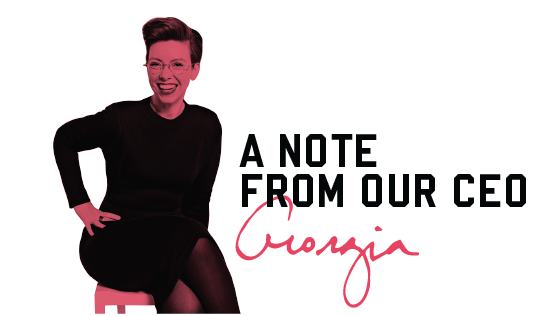April 2021: Is There a “Right” Time to Invest?
MODERNIST’S ASSET CLASS INVESTING PORTFOLIOS ARE STRATEGICALLY INVESTED WITH A FOCUS ON LONG-TERM PERFORMANCE OBJECTIVES. PORTFOLIO ALLOCATIONS AND INVESTMENTS ARE NOT ADJUSTED IN RESPONSE TO MARKET NEWS OR ECONOMIC EVENTS; HOWEVER, OUR INVESTMENT COMMITTEE EVALUATES AND REPORTS ON MARKET AND ECONOMIC CONDITIONS TO PROVIDE OUR INVESTORS WITH PERSPECTIVE AND TO PUT PORTFOLIO PERFORMANCE IN PROPER CONTEXT.
every day is a good day to invest
Concerns about market downturns certainly come as no surprise. After all, steep corrections and crashes can be alarming for even the most disciplined investors. So, when markets reach all-time highs, investors tend to be concerned about investing their hard-earned money in overvalued stocks. Questions about reducing or even eliminating equity allocations or keeping excess cash on the sidelines soon follow. While these lines of inquiry are completely natural—no one enjoys buying high OR selling low—we believe that every day is a good day to invest no matter what the market has done recently.
Make sure you’re diversified
One critical key to investing when “the market” is at an all-time high is ensuring that your portfolio isn’t solely invested in asset class benchmarks you hear about on the news (like the S&P 500 or the Dow Jones Industrial Average).
Diversifying among various sources of risk (asset classes) serves as a hedge against placing too much money in one risk basket.
While a portfolio built to mimic the S&P 500 or the Dow might rightfully cause concern when those benchmarks are at all-time highs, it doesn’t mean that other asset classes or are as richly valued. This is why a well-diversified portfolio is allocated across the globe, not just the US, as well as in small to very large companies. And don’t forget the glories of bonds for reducing volatility!
focus on a holistic plan, not trying to pick the perfect time
A well-diversified portfolio is enough to lessen the fear of a correction for some investors, but for others, the fear of losing money invested at a market high is a big hurdle to clear. Although this is a rational and understandable fear, the evidence demonstrates that investors are best served by ignoring recent market performance.
The timing around when to invest in the stock market should instead be governed by a holistic plan that considers a wide range of potential market outcomes, but is anchored to your goals.
At the beginning of each trading day, the expected return for stocks is positive, regardless of what happened the day before. Thus, it’s always a “good” time to invest for the long-term. And if today isn’t a good day to invest, when would you know the “right” day has arrived?
surprising data after a market high
Consider the following (using the S&P 500 as the benchmark):
From 1926-2019, the average annualized compound return after new market highs for 1, 3, and 5 year periods were 13.9%, 10.5% and 9.9%.
And what seems counter-intuitive…following market declines of at least 10%, returns were lower (!) for 1, 3, and 5 year periods at 11.3%, 10.2% and 9.6%. (1)
This data tells us that trying to time when we invest cash is futile.
If your plan says to invest, just hold your nose & buy!
When you decide to enter the market, evidence shows that deploying all your investable assets at once is a superior approach to spacing out the investment over time (a strategy known as dollar-cost averaging).
Here is one way to think about this concept:
If you chose to invest only a portion of your cash now, and then space out the remaining investments, there now exists inherent tension when trying to answer the question: “Now that you’ve invested a portion of your portfolio, would you rather the stock market went up or down?”
Of course, most people would prefer to see the stock market rise after making an initial investment. Yet, logic says, if the market were to drop, then subsequent purchases could be made at lower prices.
But we aren’t purely rational creatures. While the logical solution may be to invest our cash all at once, the psychological solution for you may be to space out investments over time. And that’s an okay decision as well, especially if that is what will allow you to advance your financial plan.
MODERNIST’S INVESTMENT PHILOSOPHY
This is a one of the evidence-based, long-term perspectives that backs Modernist’s portfolios. Our investment philosophy aims to avoid short-term popularity contests, which often reflect nothing more than short-term noise. Instead we leverage decades of collective market knowledge.
If you have questions about your investments, charitable giving strategy, or are looking for a partner to help you make progress towards your financial goals, reach out. We’re ready and happy to help.
Cheers,
Georgia & Team Modernist



